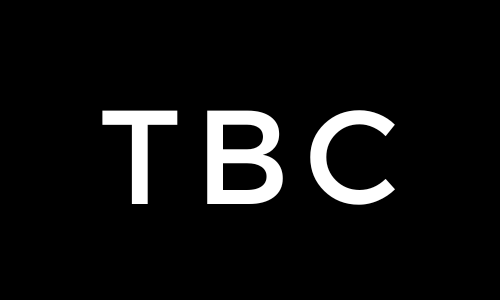Click-through rate (CTR) is an important performance metric used in digital marketing, advertising, and blogging to measure how often people click on a link, ad, or call-to-action compared to how often it is viewed (impressions). Often, a high CTR indicates that your content resonates with your audience, driving engagement and conversions.
Why is CTR Important?
CTR is important because it provides insight into how relevant and compelling your content is to your audience. A higher CTR generally means your message is well-targeted and engaging. This can lead to higher rankings in search engines and lower costs in paid advertising campaigns. If your CTR is low, it might be a signal that you need to refine your content or marketing strategy.
How to Calculate CTR
CTR is calculated by dividing the number of clicks by the number of impressions and then multiplying by 100 to get a percentage:
CTR = (Clicks ÷ Impressions) × 100
For instance, if your ad was shown 1,000 times (impressions) and 50 people clicked on it, your CTR would be:
CTR = (50 ÷ 1,000) × 100 = 5%
This simple calculation applies across various platforms, whether you’re tracking blog traffic, email campaigns, or paid ads. For more information on calculating CTR, you can refer to Google Ads’ official documentation.
What is a Good CTR?
There isn’t a universal “good” CTR, as it varies depending on the platform and industry. However, according to WordStream, the average CTR for paid ads across all industries is around 1.91%. For blog posts or email marketing, a CTR of 2-5% is often considered good.
What Affects Organic CTR vs. Paid CTR?
Organic CTR refers to the percentage of people who click on a link in search engine results (without paid promotion), while paid CTR applies to clicks on paid ads. Factors affecting organic CTR include the quality of your meta description, title tags, and relevance to user intent. Paid CTR can be influenced by ad copy, targeting, and placement. The SEMRush blog provides further details on how these factors differ.
CTR Tracking and Reporting
Tracking and reporting on CTR is essential for optimizing performance. Most analytics platforms like Google Analytics, Google Ads, or email marketing tools provide detailed CTR metrics. Regularly reviewing these reports allows you to identify trends and adjust strategies as needed.
Desktop vs. Mobile CTR
CTR can also vary between desktop and mobile users. In many industries, mobile CTR tends to be higher due to the increasing number of smartphone users accessing the web. Optimizing your mobile content is important to make sure you’re capturing clicks from this growing audience segment.
How SERP Features Affect CTR, and Vice Versa
Search Engine Results Page (SERP) features like featured snippets, knowledge panels, and rich results can significantly affect your organic CTR. If your content appears in a featured snippet, it can lead to a higher CTR as users are likelier to click on prominent, visually engaging search results.
However, your CTR might decrease if your content is outranked by a SERP feature. This dynamic relationship between SERP features and CTR is critical to understanding how search visibility impacts engagement.
How to Improve Your CTR
Improving your CTR involves several strategies, including:
- Optimize Titles and Meta Descriptions: Make them compelling to encourage users to click.
- Use Visuals: Eye-catching images or videos often increase engagement.
- Target Relevant Keywords: Ensure your content aligns with what users are searching for.
- Experiment with CTAs: Sometimes, small tweaks to a call-to-action (CTA) can make a big difference in clicks.
For additional insights on improving CTR, check out Backlinko’s guide on optimizing click-through rates.
What Can We Expect in the Future with CTR?
As technology evolves, so do the factors that influence CTR. Emerging trends such as voice search, AI-driven content recommendations, and mobile-first indexing will continue to impact how users interact with search results and ads. Understanding these trends and optimizing for them will be essential for maintaining or improving your CTR in the future.
FAQs on CTR
What is considered a bad CTR?
A CTR below 1% is often considered low in most contexts, such as Google Ads. However, it’s important to benchmark your CTR against industry standards.
Does CTR affect SEO?
Yes, CTR can influence SEO. A high CTR signals to search engines like Google that your content is relevant to users, which can boost your search rankings.
Is CTR the only metric that matters?
No, while CTR is an important metric, it should be considered alongside other factors like conversion rate, bounce rate, and cost-per-click (CPC) to get a full picture of your performance.
Conclusion
As always, we hope you learned a lot. Understanding CTR and how to improve it is vital for bloggers, marketers, and advertisers. A good CTR can help you drive more traffic, increase engagement, and ultimately grow your business. Monitor, optimize, and experiment with your content to maintain a healthy CTR.
Discover more from The Blog Channel
Subscribe to get the latest posts sent to your email.










